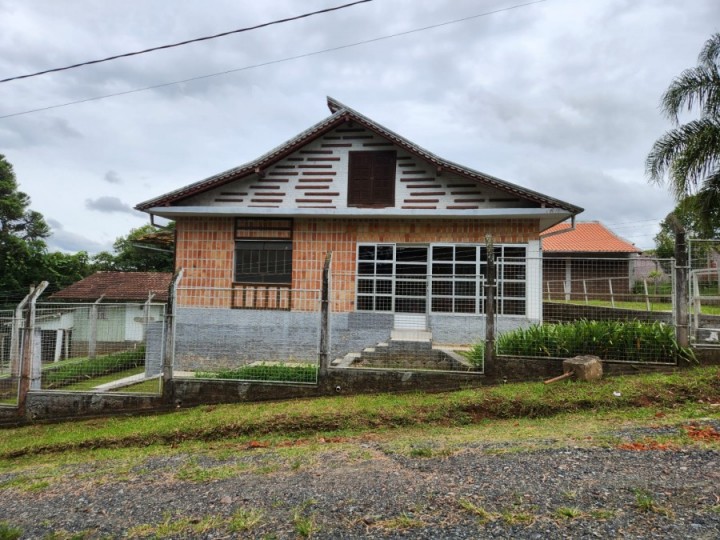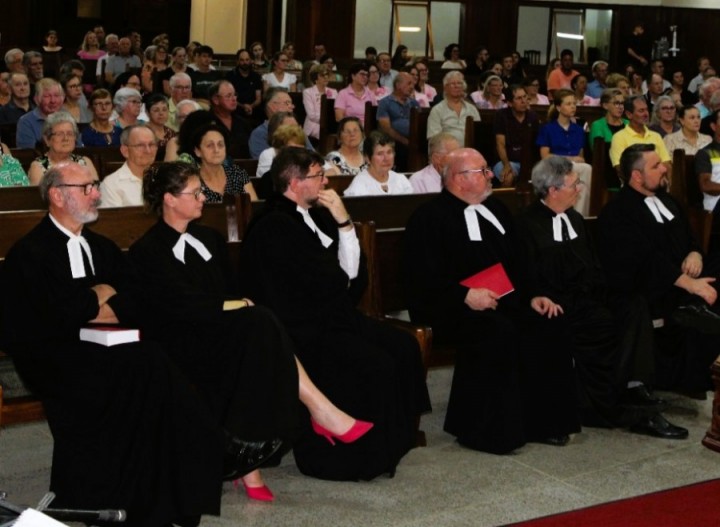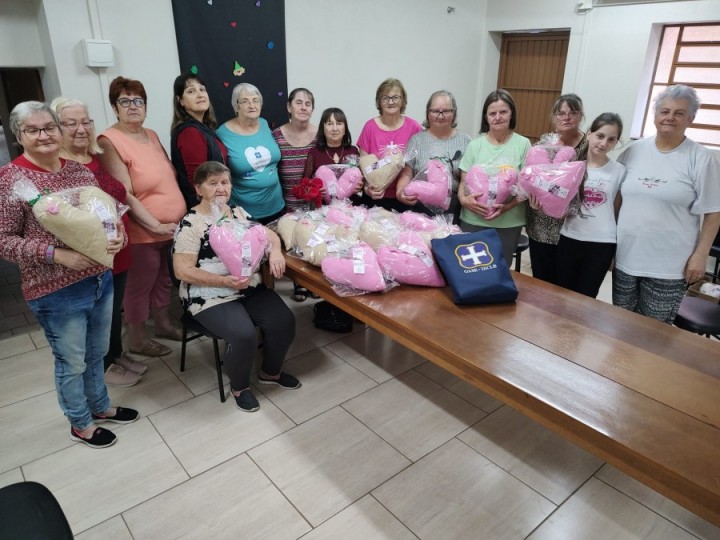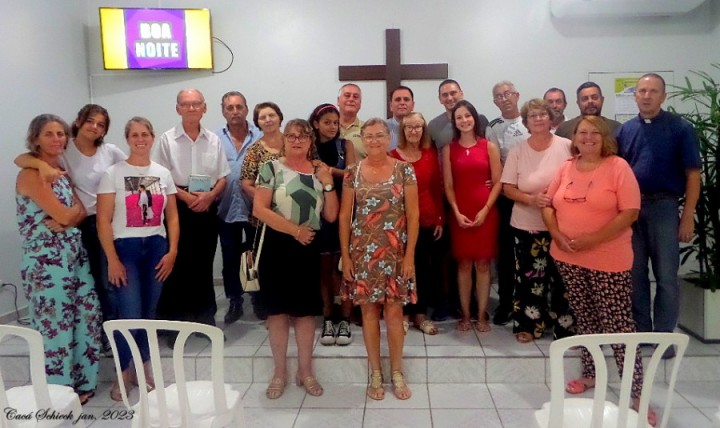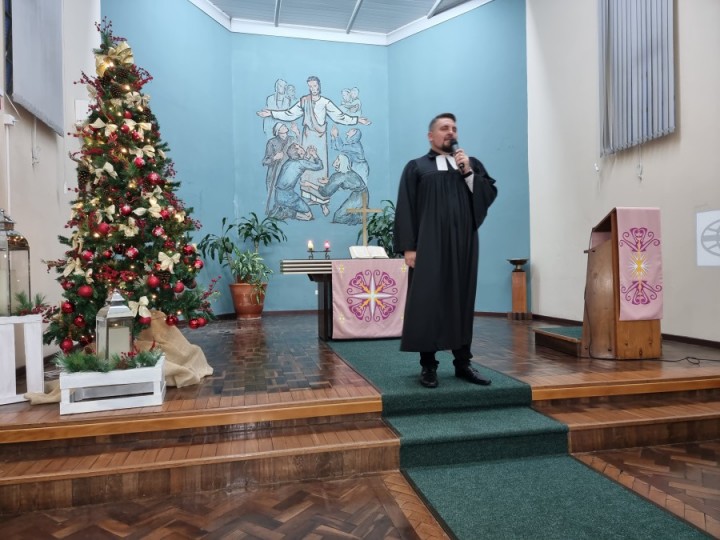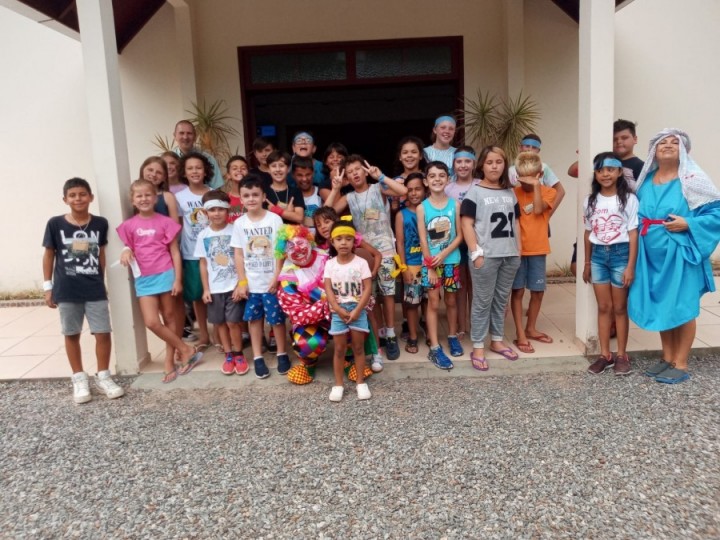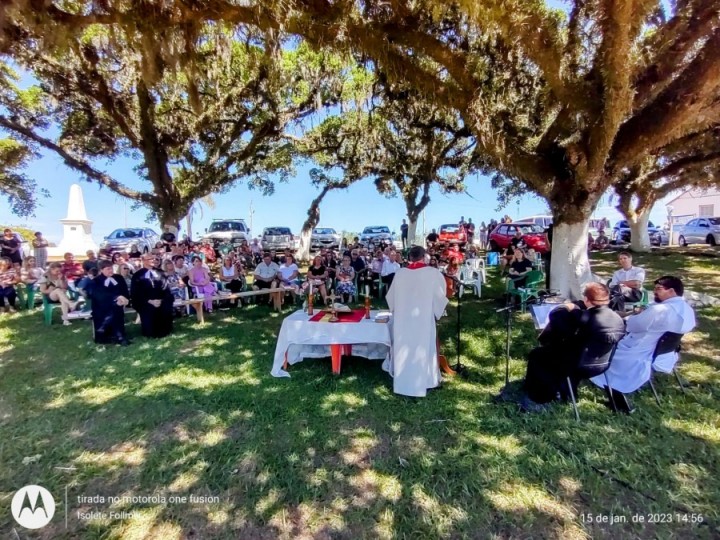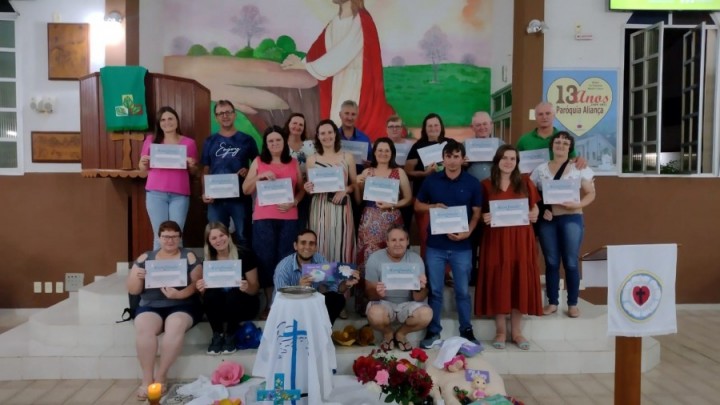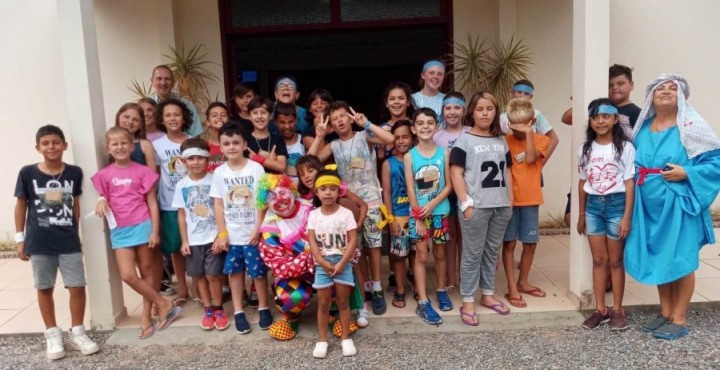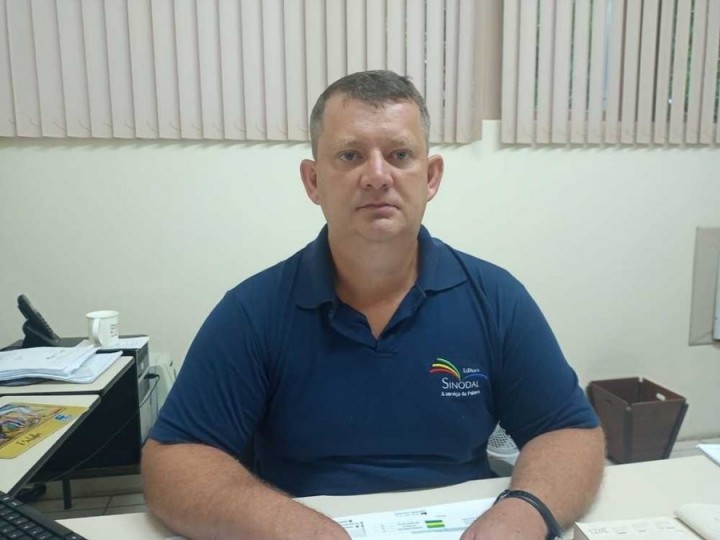
Igreja Luterana em Jerusalém ordena primeira mulher palestina ao pastorado
A Igreja Luterana do Redentor, situada no coração da cidade velha de Jerusalém, sediou neste domingo, dia 22 de janeiro, a ordenação de Sally Azar como primeira pastora de origem


 Página inicial
Página inicial
 Conheça a IECLB
Conheça a IECLB
 Nossas atividades
Nossas atividades
 Rede de recursos
Rede de recursos
 Central de serviços
Central de serviços
 Cursos e eventos
Cursos e eventos
 Devoção e culto
Devoção e culto
 Notícias e mais
Notícias e mais
